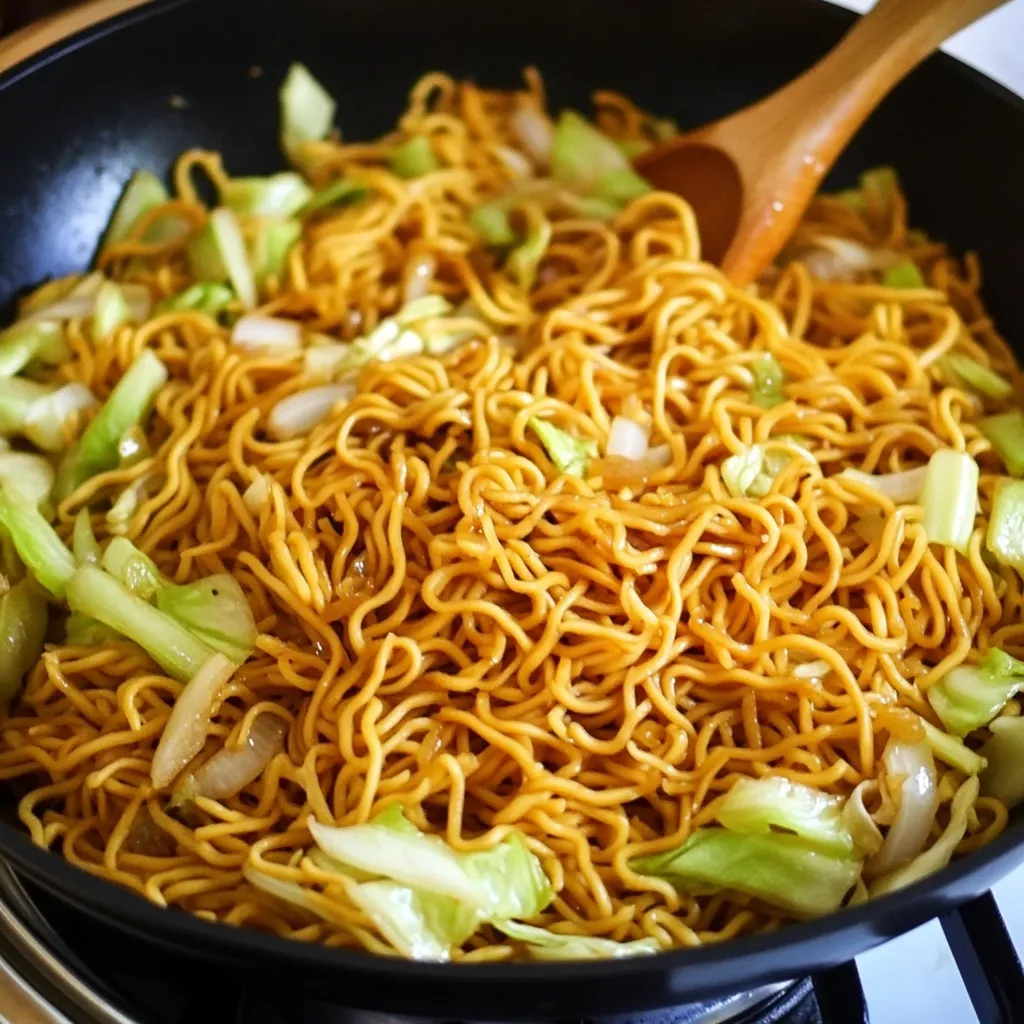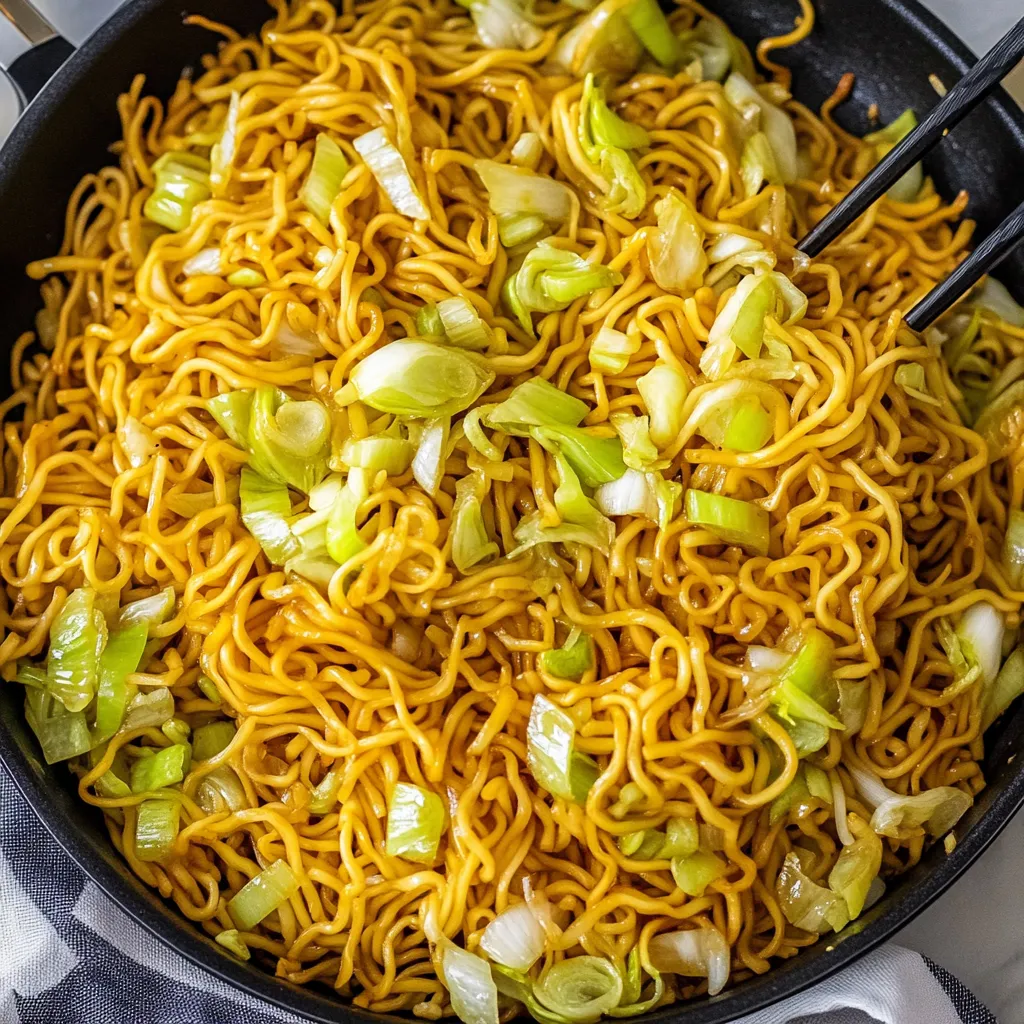 Pin it
Pin it
Steamy, well-tossed noodles mixed with crunchy veggies and rich brown sauce – that's what you get when you whip up Panda Express Chow Mein in your own kitchen. This fan favorite brings Chinese-American cooking straight to your table, and it's way easier to make than you'd think. You'll love how the textures play together, making you reach for just a bit more every time.
I brought this to a gathering last week and my buddy's choosy kid who's only 8 went back for more. What's my trick? It's all about nailing that specific noodle feel through good stir-frying methods.
Key Ingredients and How to Pick Them
- Yakisoba or Chow Mein Noodles: Go for the fresh ones in refrigerated areas for genuine texture. If you can't find those, dry lo mein noodles will do just fine
- Cabbage: Grab one that's solid and fresh with snappy leaves - it brings that distinctive crunch and light sweetness when cooked
- Celery: Look for bright green pieces that break easily - old, bendy celery won't give you the right texture mix
- White Onion: This builds your flavor base - it turns wonderfully sweet as it browns
- Soy Sauce: Stick with standard, not the light version, to get that deep savory kick and right color
- Brown Sugar: Add just a tiny bit to balance the savory stuff and help everything caramelize nicely
Making It Step by Step
- Step 1: Getting Noodles Ready
- - For dry noodles, cook them a minute shorter than what the box says
- Drain them well and mix with a splash of oil so they don't stick together
- Let them cool a bit before tossing in the pan for better results - Step 2: Prepping Your Veggies
- - Cut cabbage into skinny, even strips so it cooks the same throughout
- Slice celery at an angle to create more cooking surface
- Cut onion into even half-moon shapes - Step 3: Stir-Frying Like a Pro
- - Get your wok or big pan super hot
- Add veggies in this order: onions, then celery, and cabbage last
- Throw noodles in at the end, keeping everything moving all the time
- Pour sauce in bit by bit, letting it brown between each pour
 Pin it
Pin it
I've realized celery really makes this dish shine - it adds that subtle snap and freshness that makes the restaurant version so hard to resist. My grandma always told me good Chinese cooking comes down to how your veggies sound when you bite them.
Over time perfecting this dish, I've come to see how just a few simple things can create such rich flavors. The secret is giving each ingredient the right care during cooking. When you nail it, you might forget takeout was ever a thing.
 Pin it
Pin it
Frequently Asked Questions
- → Where do you find Yakisoba noodles?
- Check in the fresh produce area of your store. They're sold in packs, usually near tofu or salad kits.
- → Can I use sesame oil?
- Sure, but go light with it! A few drops are enough to give a nice nutty kick.
- → Can I add other veggies?
- Feel free to toss in extras like bean sprouts, carrots, or any greens you have on hand. It adds color and nutrients!
- → Why are my noodles falling apart?
- You're likely overcooking them. Heat just long enough to soften them and keep them firm.
- → Can I make it in advance?
- You can, but it tastes best right away. Store cold if needed and reheat gently to avoid mushy noodles.
